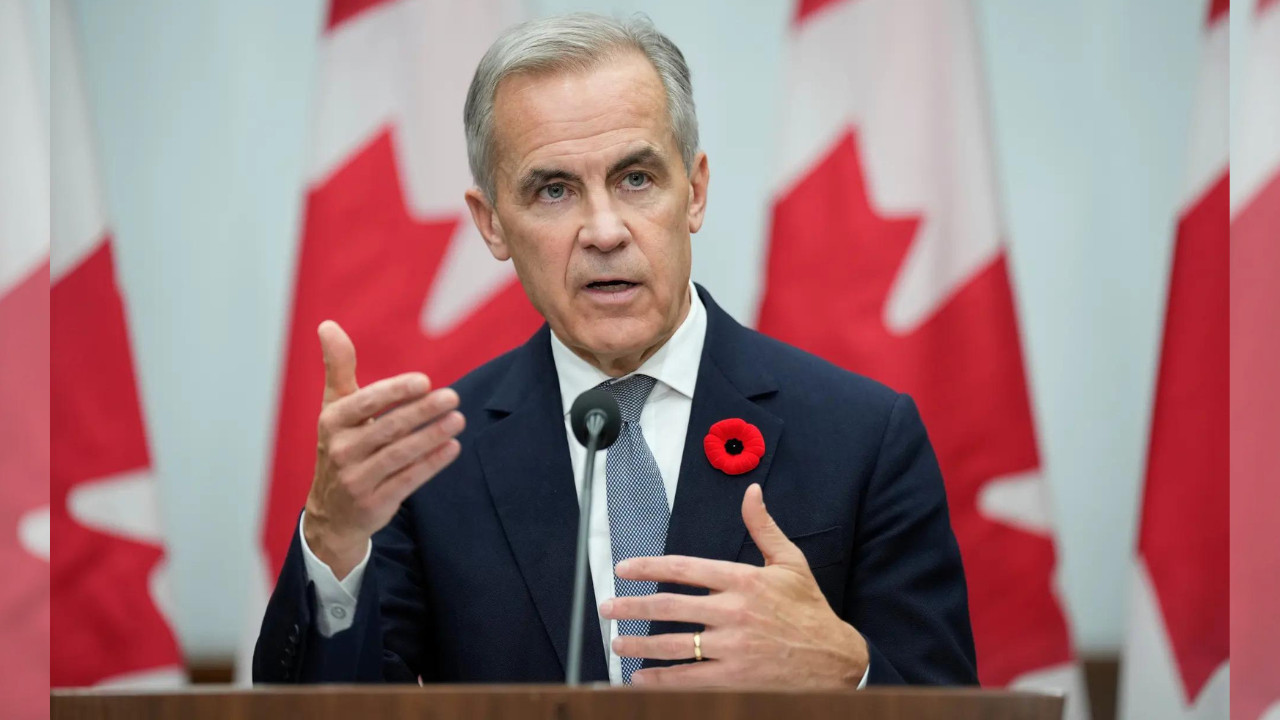India’s merchandise exports to the US plummeted 11.93% in September following a 50% tariff imposition, marking the first full month of impact. This decline, the steepest monthly fall this year, has severely affected sectors like textiles and gems, wiping out over $3.3 billion in shipment value since May.
Navigating the Shifting Sands of US-India Trade: A September Snapshot
September painted a rather interesting picture for the flow of goods between India and the United States, a relationship often touted as a cornerstone of global commerce. Forget the usual platitudes about booming partnerships; the data reveals a more nuanced story, one where the winds of trade appear to be shifting, if only subtly, for the moment.
While talk of strengthened ties between the two nations continues, September’s figures present a different angle. India’s exports to the US experienced a noticeable dip, falling by nearly 12%. That’s a significant downturn, prompting questions about the factors at play and whether this signifies a longer-term trend or simply a monthly blip.

So, what’s behind this dip in US India trade? Several potential explanations come to mind. Global economic headwinds, for starters, are buffeting almost every country. A slowdown in the US economy could naturally translate to reduced demand for Indian goods. Supply chain disruptions, still lingering despite improvements, could also be a contributing factor. Sectors that saw major export value might have experienced a seasonal or temporary fall in demand. The specifics are still unclear, and a more in-depth analysis will be required to identify the exact drivers of this decline.
A Surge in Imports: The Other Side of the Coin
However, the narrative doesn’t end with exports. Simultaneously, imports from the US to India witnessed a substantial jump, rising by approximately 11.8%. This increase suggests that Indian demand for American products remains robust. This upswing could be driven by various factors, including India’s growing infrastructure needs, a rising demand for consumer goods, or increased investment in specific sectors reliant on US technology and equipment.
The growth in imports isn’t necessarily bad news. It highlights the continuing appetite within India for American goods and services. It shows a strong economic relationship despite the export dip.
Sectoral Shifts and the Bigger Picture
Analyzing the specific sectors affected by these changes is crucial. Which industries experienced the biggest export declines? Were there particular product categories driving the import surge? Understanding these nuances can provide valuable insights into the underlying dynamics of the trade relationship. For instance, a drop in textile exports combined with a rise in machinery imports would tell a very different story than the reverse. Pinpointing these sectoral movements allows for a more targeted response and informed policy decisions. If the IT sector experiences a drop, for example, we might explore policies to encourage more innovation or more government contracts for IT businesses.
Is This a Trend or a Temporary Fluctuation?
The million-dollar question, of course, is whether these September figures represent a fleeting anomaly or the beginning of a sustained shift in US India trade dynamics. One month’s data is rarely enough to draw definitive conclusions. It’s essential to monitor trade figures over the coming months to ascertain if these trends persist. Factors like evolving geopolitical landscapes, policy changes in both countries, and global economic conditions will all play a significant role in shaping the future trajectory of trade between India and the US.
This change might encourage different strategies. For example, with the export rate declining, Indian companies could seek to diversify trade options, while US companies may want to take this as an opportunity to further cultivate relationships within India.
Furthermore, businesses on both sides of the partnership should be prepared to adapt to changing global conditions. This might mean exploring new product offerings, streamlining supply chains, or investing in research and development to stay competitive.
Looking Ahead: Strategic Considerations
The trade relationship between the United States and India remains incredibly important. While September’s data presents some interesting shifts, a long-term view and proactive approach are vital. By monitoring the data closely, analyzing the underlying factors, and adapting to changing dynamics, both nations can ensure a robust and mutually beneficial economic partnership for years to come. India can continue to strengthen its export market by diversifying, while the US can further encourage stronger economic bonds to foster further trade. This will lead to growth in both economies for the long run.







